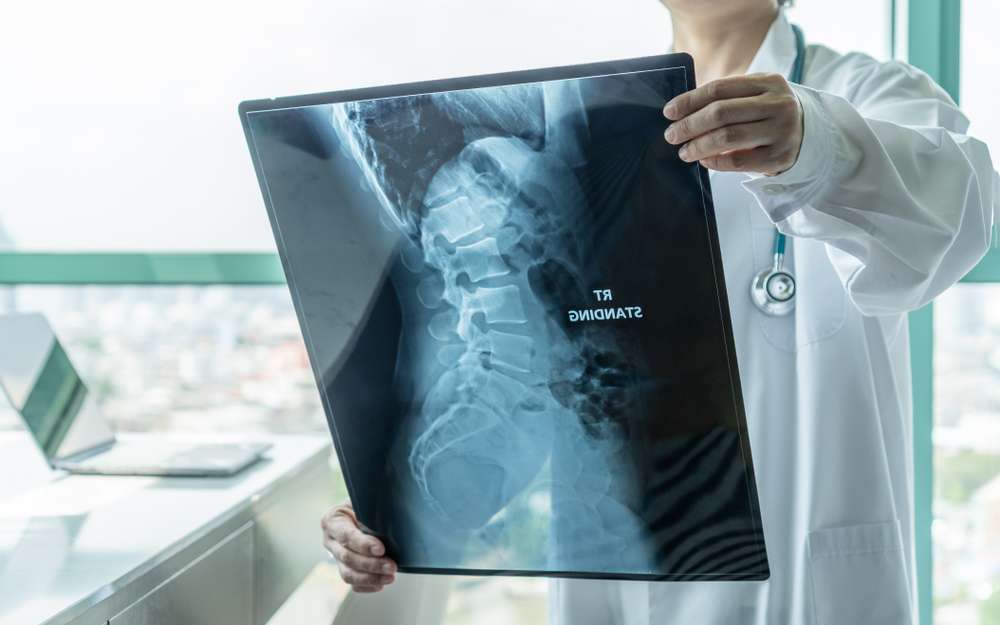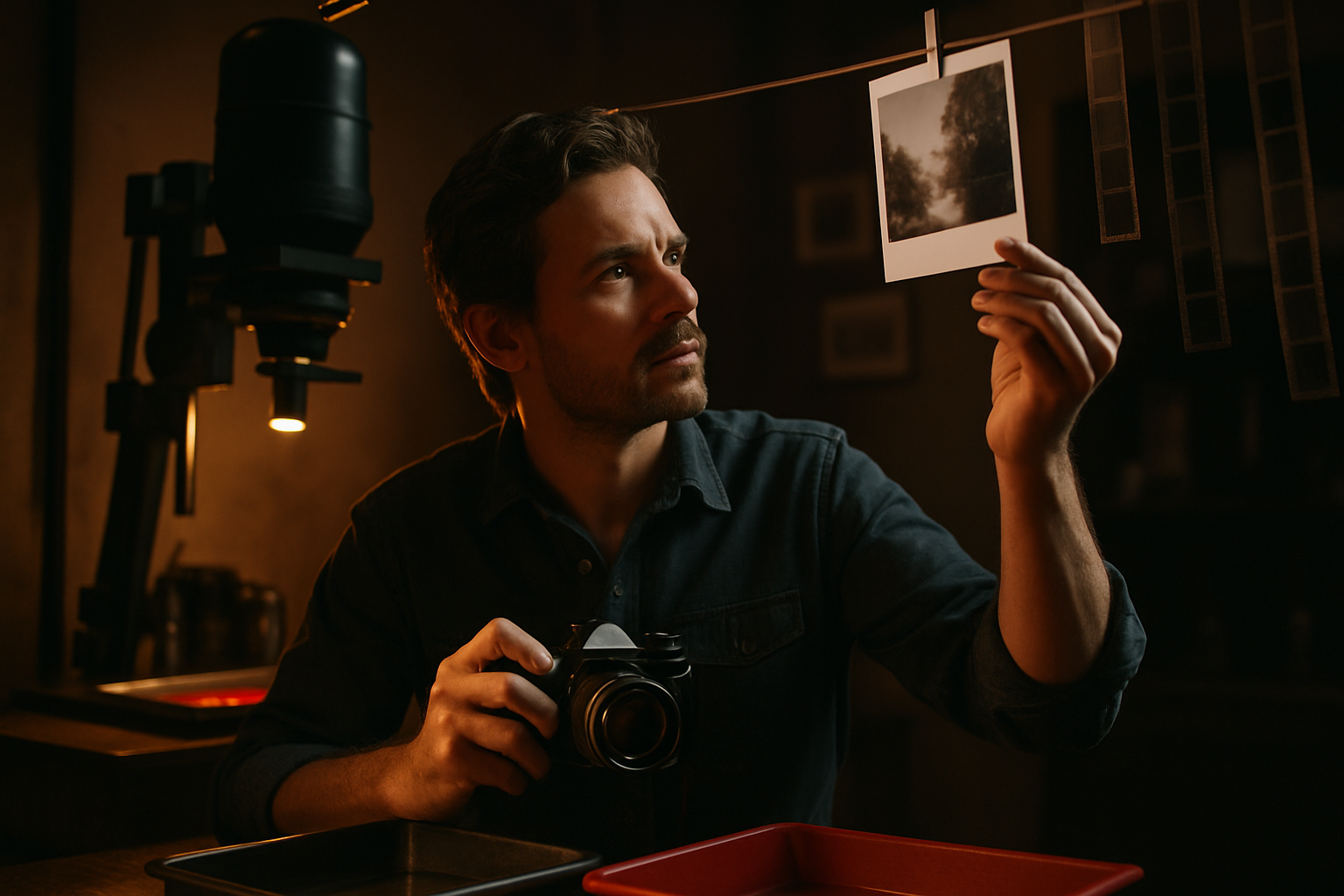MRI vs. Mammography
Breast imaging plays a critical role in early detection and diagnosis of breast cancer. Two primary methods used are MRI and mammography, each with distinct advantages and limitations. Understanding the differences between these imaging techniques can help patients and healthcare providers make informed decisions about screening and diagnostic procedures. This article explores how MRI and mammography compare in terms of detection accuracy, cost, time requirements, and patient experience.

Breast cancer screening and diagnosis rely heavily on imaging technologies that can detect abnormalities early. MRI and mammography represent two different approaches to breast imaging, each serving specific purposes in healthcare. While mammography has been the standard screening tool for decades, MRI offers enhanced visualization in certain clinical situations. The choice between these methods depends on individual risk factors, medical history, and specific diagnostic needs.
Understanding MRI and Mammography
Mammography uses low-dose X-rays to create detailed images of breast tissue. This technique has been the cornerstone of breast cancer screening programs worldwide. Digital mammography captures images that radiologists examine for signs of tumors, calcifications, or other abnormalities. The procedure involves compressing the breast between two plates to spread the tissue and obtain clearer images.
Magnetic Resonance Imaging uses powerful magnets and radio waves to generate detailed cross-sectional images of breast tissue. Unlike mammography, MRI does not use ionizing radiation. The procedure typically requires injection of a contrast agent that highlights areas of increased blood flow, which can indicate cancerous tissue. MRI provides three-dimensional images that can reveal abnormalities not visible on mammograms.
Accuracy in Detection
Detection accuracy varies significantly between these two imaging methods. Mammography typically detects 80 to 90 percent of breast cancers in women without symptoms. However, its sensitivity decreases in women with dense breast tissue, where overlapping tissue can obscure tumors. Mammography excels at identifying microcalcifications, tiny calcium deposits that may indicate early-stage cancer.
MRI demonstrates higher sensitivity, detecting approximately 90 to 95 percent of breast cancers. This enhanced sensitivity makes MRI particularly valuable for high-risk patients, including those with BRCA gene mutations or strong family histories of breast cancer. MRI can identify cancers missed by mammography, especially in dense breast tissue. However, MRI also has a higher false-positive rate, sometimes detecting suspicious areas that prove benign upon further investigation. This can lead to additional biopsies and patient anxiety.
Cost Considerations
The financial aspect of breast imaging represents a significant consideration for many patients. Mammography remains the more affordable option, with screening mammograms typically covered by insurance for women meeting age and risk criteria. Diagnostic mammograms, used when abnormalities are detected, may involve additional costs.
MRI procedures cost substantially more than mammography due to the sophisticated equipment and longer examination time required. The price difference reflects the technology complexity and resource intensity of MRI imaging. Insurance coverage for breast MRI varies based on medical necessity and individual risk factors.
| Imaging Method | Provider Type | Cost Estimation |
|---|---|---|
| Screening Mammogram | Hospital Radiology Department | $100 - $250 |
| Screening Mammogram | Independent Imaging Center | $80 - $200 |
| Diagnostic Mammogram | Hospital Radiology Department | $150 - $400 |
| Breast MRI with Contrast | Hospital Radiology Department | $1,000 - $3,000 |
| Breast MRI with Contrast | Independent Imaging Center | $800 - $2,500 |
Prices, rates, or cost estimates mentioned in this article are based on the latest available information but may change over time. Independent research is advised before making financial decisions.
Time and Convenience
Time investment differs considerably between these imaging procedures. A mammogram typically takes 15 to 30 minutes from check-in to completion. The actual imaging process lasts only a few minutes per breast. Results are often available within days, and many facilities offer same-day preliminary readings for screening mammograms.
Breast MRI requires significantly more time commitment. The entire appointment usually lasts 45 minutes to one hour, with the actual scanning taking 30 to 45 minutes. Patients must remain still inside the MRI machine during this period. Scheduling MRI appointments can be more challenging due to limited availability and the need to coordinate timing with menstrual cycles for premenopausal women. Results typically take several days to a week as radiologists carefully analyze the detailed images.
Patient Comfort
Patient experience varies between these two imaging methods. Mammography involves breast compression, which many women find uncomfortable or painful. The compression is necessary to obtain clear images and minimize radiation exposure, but it lasts only a few seconds per image. Some women experience tenderness for a short time afterward, though serious discomfort is rare.
MRI presents different comfort challenges. Patients lie face-down on a padded table with breasts positioned in openings, which some find uncomfortable. The enclosed MRI machine can trigger claustrophobia in susceptible individuals, though open MRI systems are increasingly available. The procedure generates loud knocking and buzzing sounds, requiring patients to wear earplugs or headphones. Remaining motionless for 30 to 45 minutes can be difficult for some patients. The contrast injection may cause temporary warmth or metallic taste.
Making the Right Choice
Selecting between MRI and mammography depends on individual circumstances rather than one method being universally superior. Mammography remains the recommended screening tool for average-risk women, offering effective detection at reasonable cost and convenience. Annual or biennial mammograms starting at age 40 or 50, depending on guidelines followed, form the foundation of breast cancer screening programs.
MRI serves as a supplemental screening tool for high-risk women or as a diagnostic tool when mammography reveals suspicious findings. Women with BRCA mutations, strong family histories, or previous chest radiation may benefit from annual MRI in addition to mammography. Healthcare providers consider multiple factors when recommending imaging approaches, including breast density, personal and family medical history, and previous biopsy results. Both technologies continue evolving, with digital breast tomosynthesis and abbreviated MRI protocols offering promising improvements in detection and accessibility.
This article is for informational purposes only and should not be considered medical advice. Please consult a qualified healthcare professional for personalized guidance and treatment.




